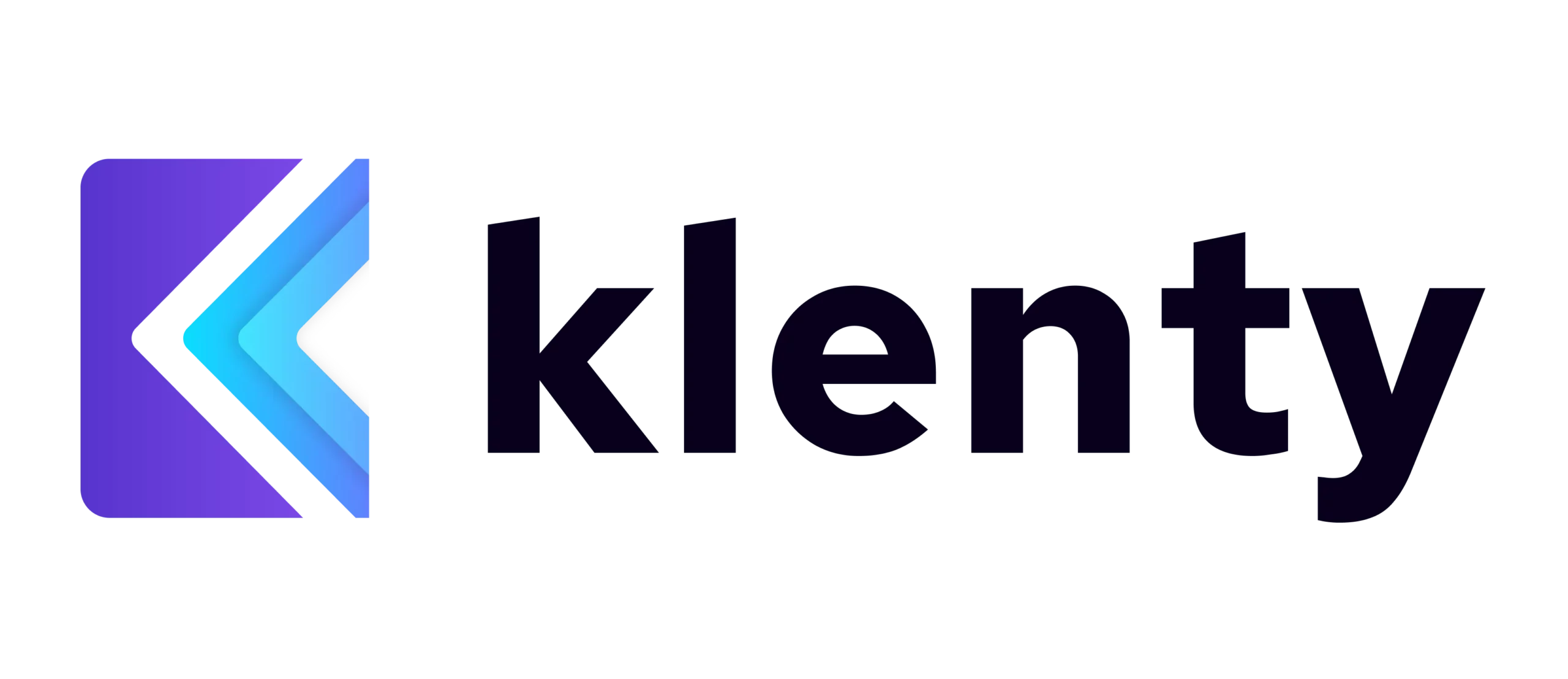HubSpot is one of the well-known CRMs that sales teams use to consolidate their entire customer and prospect repository, manage and optimize their sales pipeline, and improve rep productivity.
Yet, less than 40% of CRM customers have end-user adoption rates above 90%.
This is because implementing HubSpot mostly adds to the rep’s workload. Reps spend hours feeding each outreach detail into HubSpot — be it uploading the list of leads or logging each engagement detail individually.
Also, setting up a sales sequence within HubSpot is impossible. Because CRMs like HubSpot are built for sales managers. Reps need a system that empowers them with faster and more efficient execution of sales activities.
Factors Affecting HubSpot Adoption
Overwhelming Admin Work
According to studies, admin work consumes 66% of a representative's time. Reps spend roughly 15+ hours per week maintaining HubSpot, which includes tracking every interaction they have with prospects and recording key facts such as contact information, notes from meetings or calls, or the transaction status of each prospect.
Moreover, manual work is prone to faulty or inaccurate data, posing a far more significant risk to your business's ability to make data-driven decisions.
Inadequate Reporting
Although HubSpot offers great filters and customizable reports, it falls short of providing information about how your reps’ sequences performed. HubSpot doesn’t offer insights on what email templates performed well, and which ones need improvement. Since HubSpot lacks the ability to set up sales sequences, reps need to keep track of this information individually — further adding to their workload.
Hindered Productivity
If your sales team uses multiple tech solutions, your data is stored in separate places. Going back and forth between platforms to fetch necessary data adds friction to your reps’ daily work. Which puts a damper on productivity and holds them back from hitting their targets in time.
How Sales Engagement Platforms Improve HubSpot Adoption
Free up Time to Focus on Selling Activities
CRMs are built for sales managers, whereas reps need a system that helps them execute their sales activities faster and in an efficient manner.
Sales Engagement Platforms let you set up sales sequences once and run them in the background. This means your reps never forget to follow up on time, execute all the tasks laid out by you, and can focus more on researching leads and personalizing their outreach.
Besides, Sales Engagement Platforms automatically log all engagement information and tasks in HubSpot.
Optimize Your Outreach Using Accurate Data
Most Sales Engagement Platforms provide detailed and accurate reporting on your team’s outreach. They also provide in-depth metrics — like how each step within a cadence is performing, which message works and which doesn’t, or which segment of leads responded better. This helps reps know the exact performance of each step within a sequence. Without these metrics, reps struggle to understand which parts of the sales sequences are working well and which parts need improvement.
Keep HubSpot Clean
For outbound sales teams: you can keep your CRM filled with important deals and ignore all junk leads. The Sales Engagement Platform nurtures leads who are not ready right now in the background.
Turn a Stage of Data into a Stage of Intent
Sales Engagement Platforms also help reps to perform personalized and relevant activities for leads at every stage in your pipeline. For example, a deal in the “Contract Sent” stage would require much more personalized messaging than a deal in the “Qualified to Buy” stage.
How Klenty Can Improve HubSpot Adoption
Start Outreach for Leads as Soon as They Enter HubSpot
Klenty has the ability to set pre-defined steps (called cadences) that your reps can follow to carry out outreach. Klenty’s direct integration with HubSpot enables reps to import leads into a list in Klenty. Klenty then kickstarts the appropriate cadence for these leads automatically.
Klenty also does a 3hr routine check to see if there are any additions or updates in HubSpot. If yes, it automatically reflects the same.
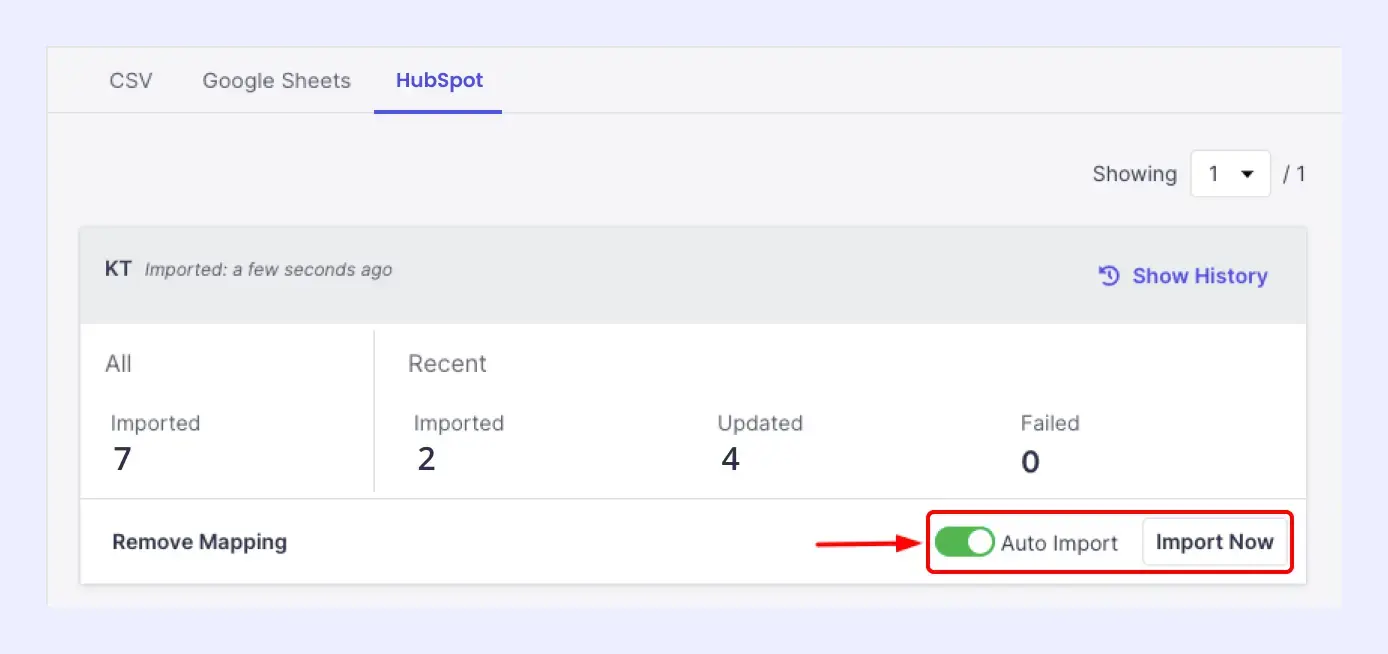
Synchronized Dataflow Between Klenty and HubSpot
Klenty’s bi-directional integration with HubSpot keeps information across both platforms automatically updated at all times — freeing up time for reps to focus on actual selling activities. All engagement details like emails sent, opens, clicks, replies, calls completed, outcomes, and other tasks are recorded in HubSpot.
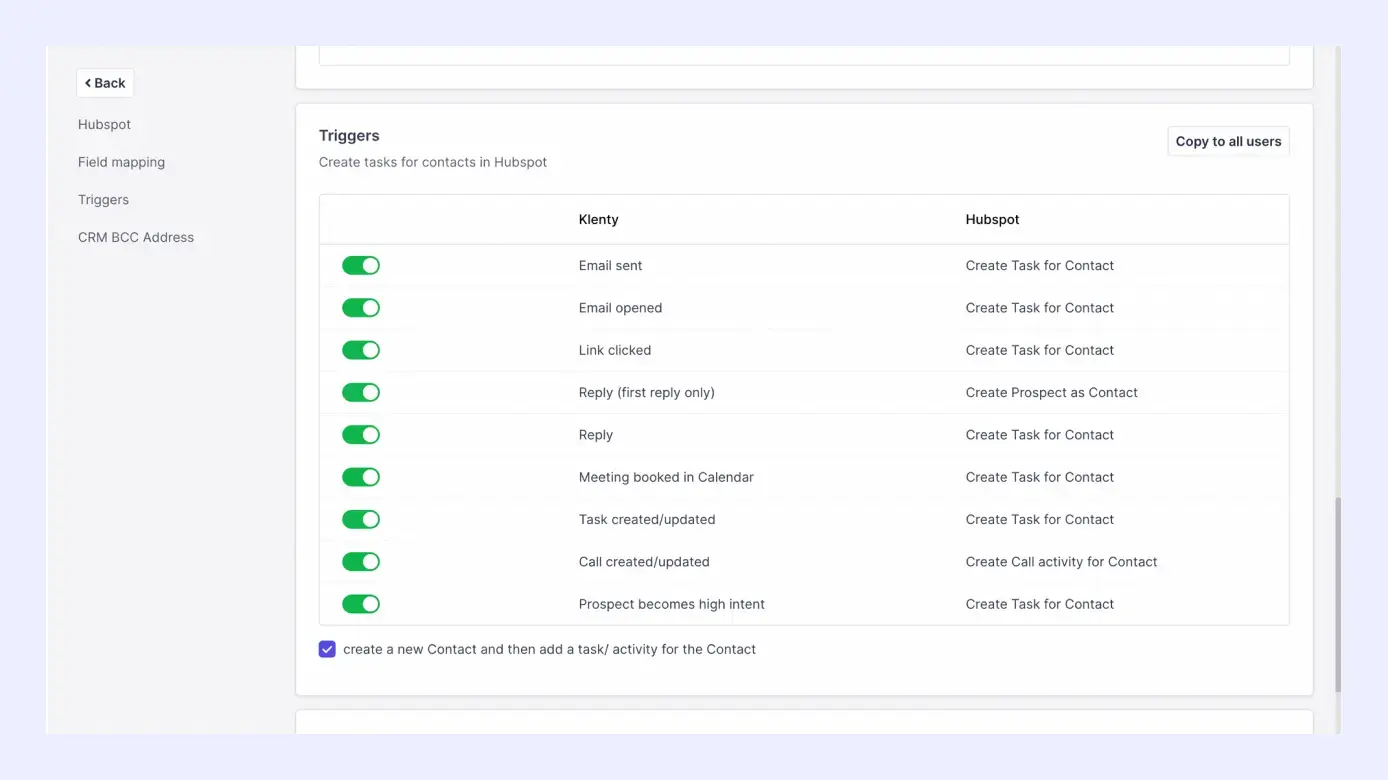
Execute The Right Activities for All Stages of Intent
Klenty detects and records the interest level of every lead in your list.
Say a lead has opened your email with no response, while another has opened your email twice and clicked on the links twice. Lead 2 has higher buying intent than Lead 1.
Klenty identifies buying intent. Then, it triggers a new set of relevant activities for each of these leads based on intent.
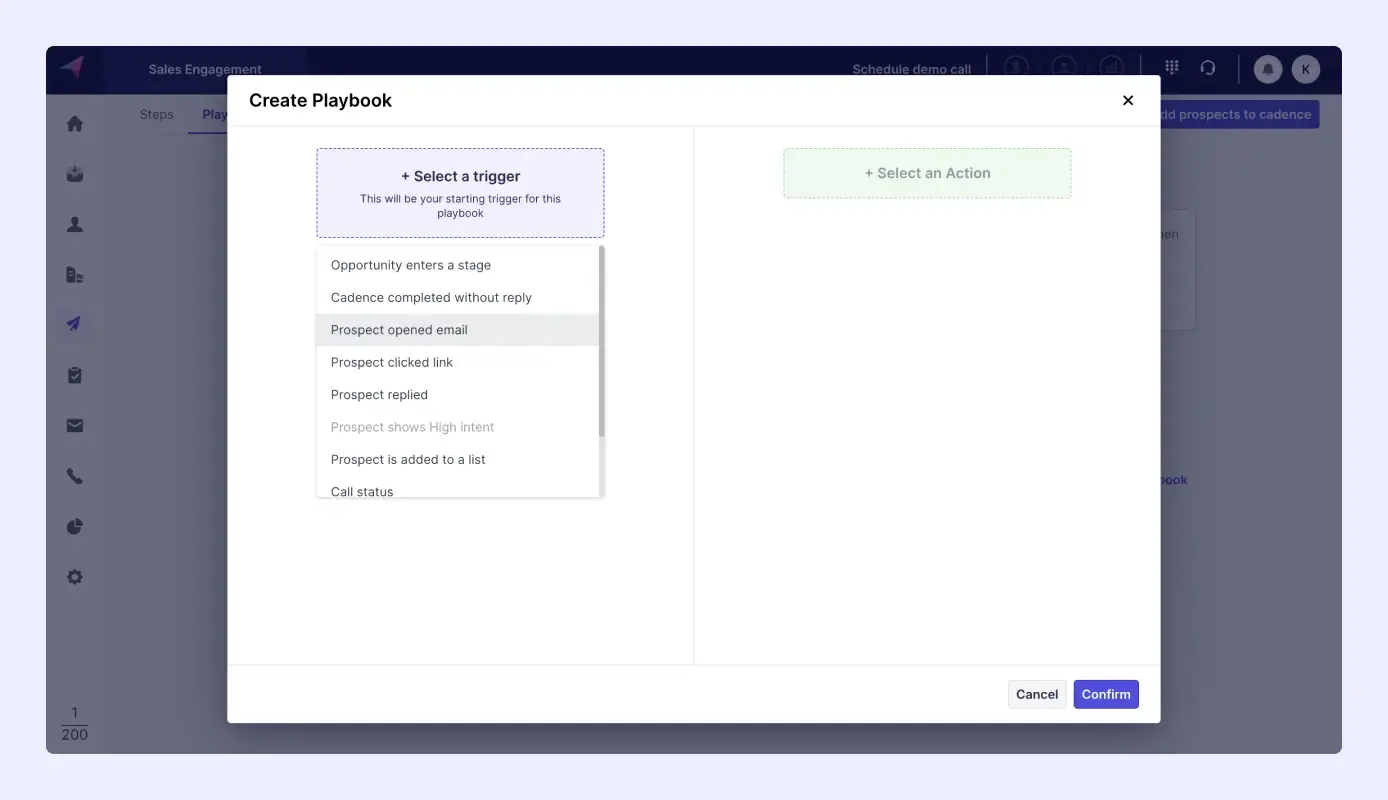
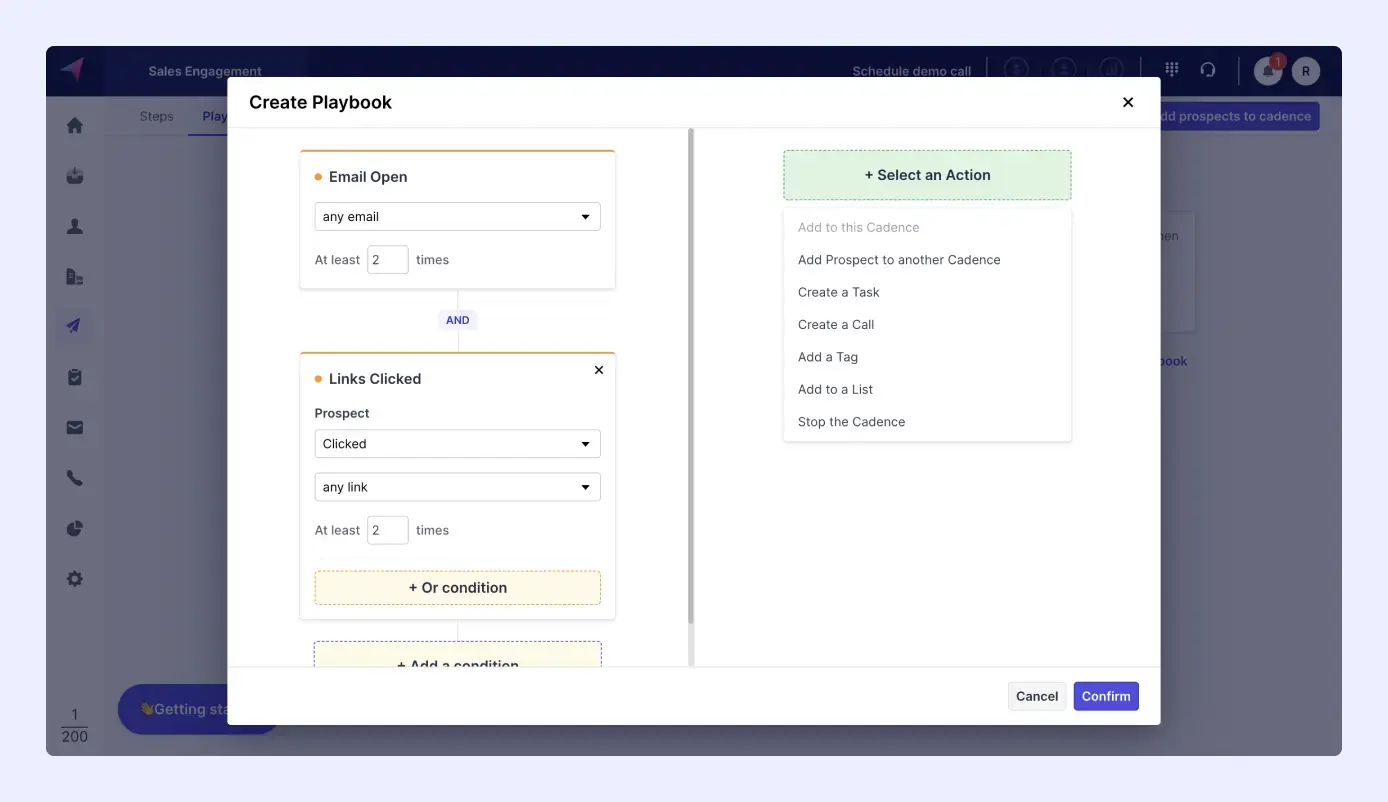
Automate Sequences for Every Sales Stage
As and when your leads move through the stages in the pipeline, Klenty detects and triggers new cadences for them.
Furthermore, in any event, a deal is not created or updated in HubSpot, Klenty automatically creates a deal and then updates it.
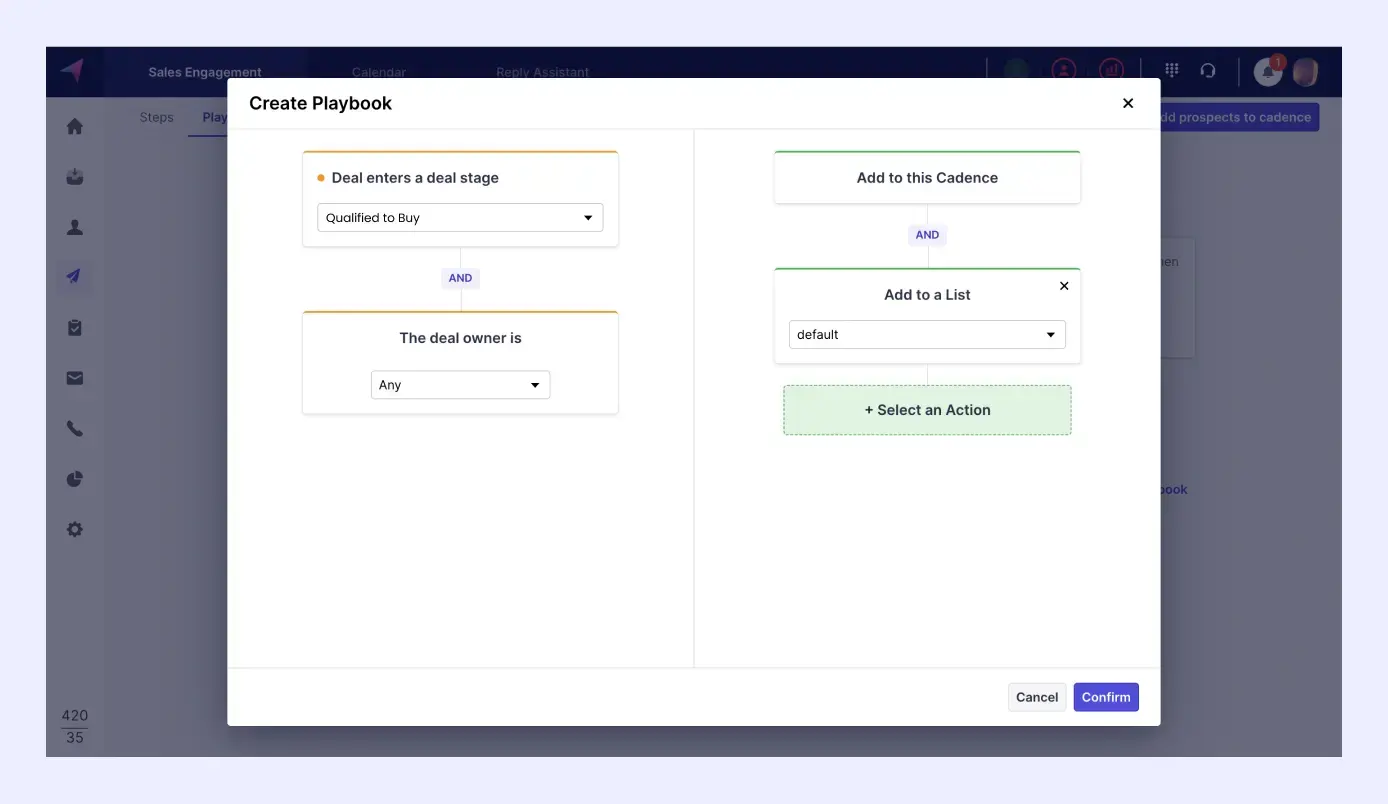
Get Detailed Reports
Klenty provides detailed and granular reports. You can get reports on the performance of your lists, teams, tasks, and cadences, as well as individual emails, templates, LinkedIn steps, and calls.
You can drill down into your data in 3 ways:
- By channel - Get a graphical overview of how many emails were sent, how many calls were made, and how many tasks were completed.
- By timeframe - Access data from any time frame, ranging from yesterday to last month.
- By owner - Get a clear picture of each individual team member's activity history.
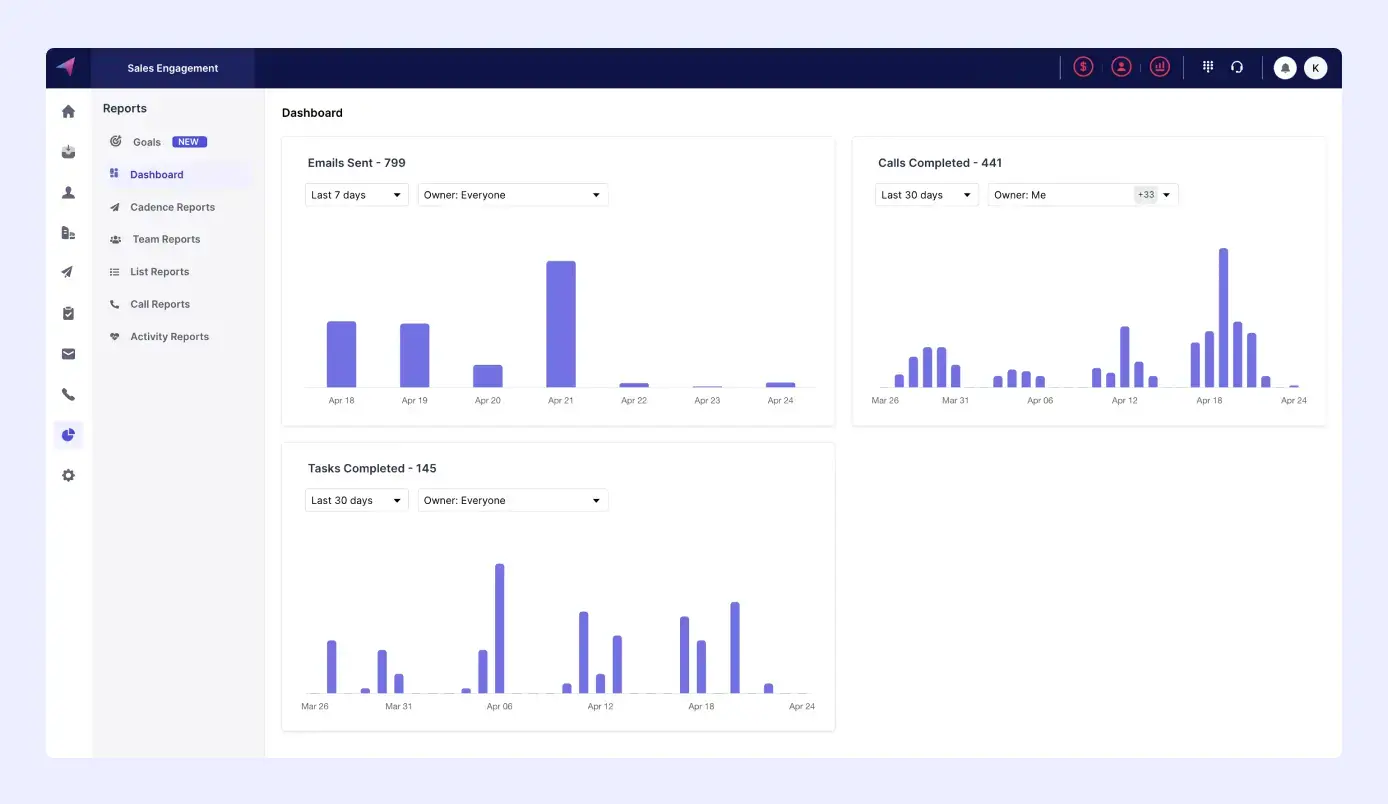
Reps also get the in-depth performance of each step within a cadence. As soon as your rep opens their cadence, they’ll immediately get the full picture of:
- Email open, click and reply rates.
- Number of calls answered/unanswered or sent to voicemail.
- Number of tasks completed.
Klenty also enables reps to test what messaging works and what doesn’t with the help of A/B Testing.
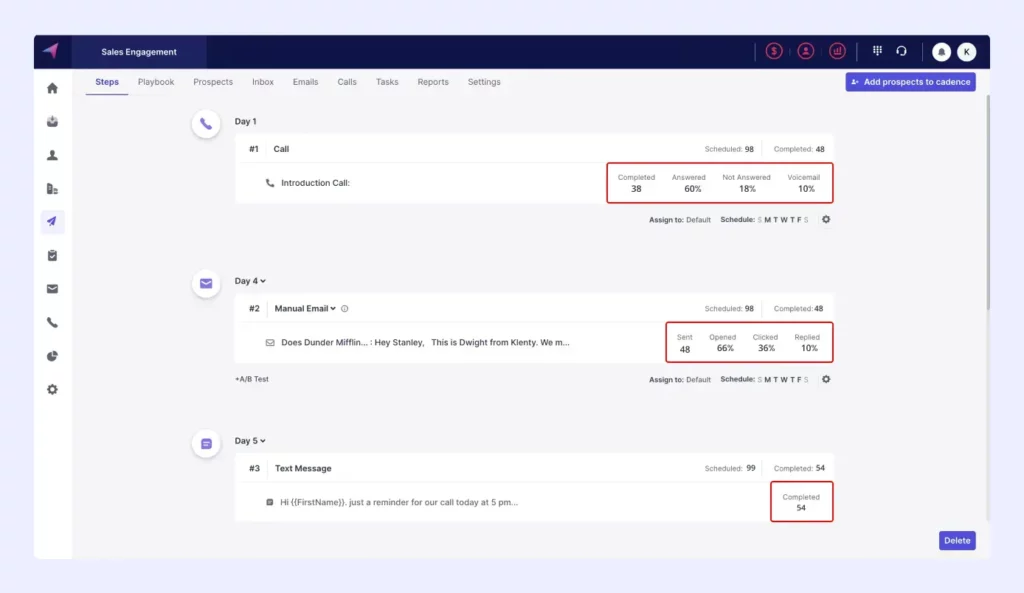
Unify All Responses in a Single View
Klenty accumulates all responses across multiple channels — emails, calls, LinkedIn, WhatsApp messages, and texts — in a single place. It offers a collective view as well as a channel-wise view, so reps can prioritize and respond to leads efficiently. To make things even simpler, reps can even filter responses by owners and timeframe.
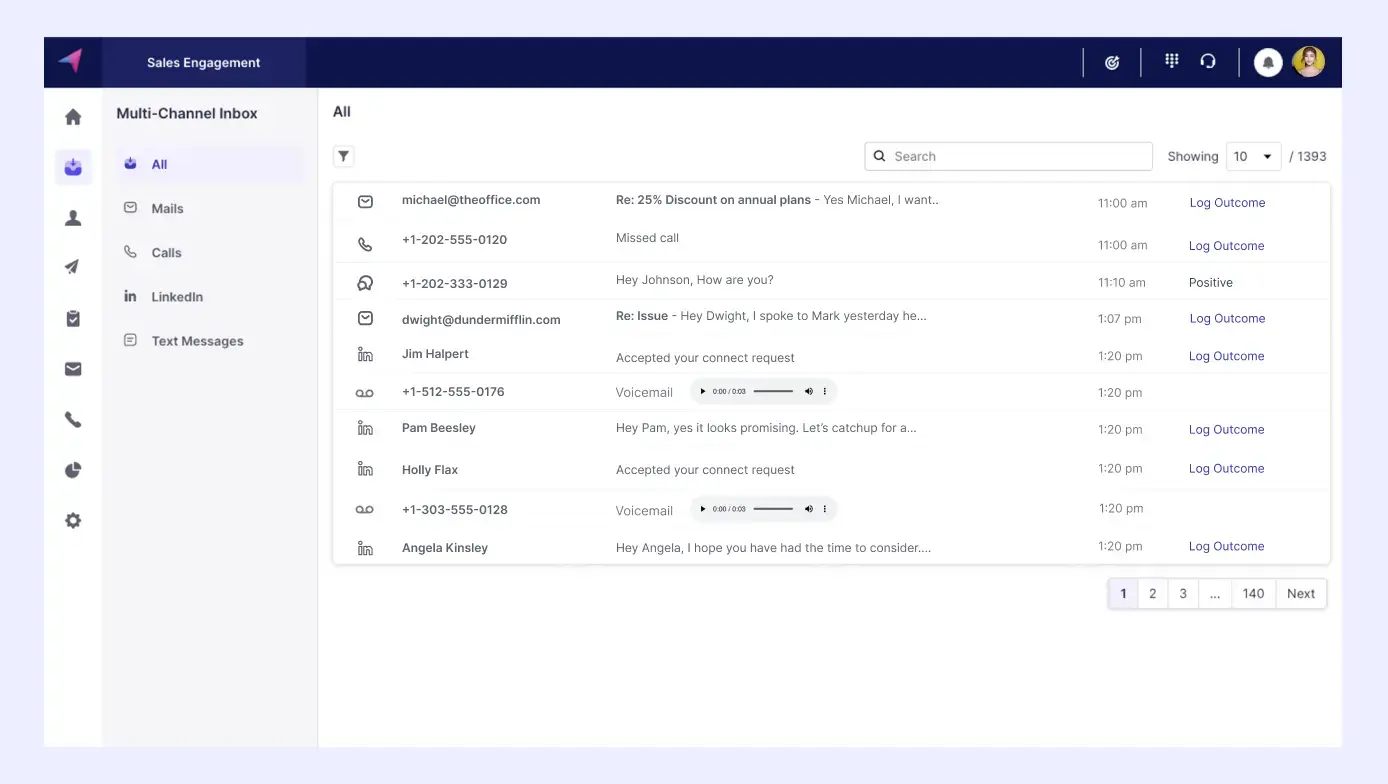
Access Klenty Within HubSpot
Klenty’s Plugin lets reps send emails, create tasks, and make calls without leaving HubSpot. Reps can also create leads in Klenty using the plugin.
Klenty detects all the leads on your screen and stores them in the plugin. Reps can then push them into Klenty or into Klenty cadences directly. They can select multiple leads within the plugin and
- Execute outreach at scale.
- Create tasks for all leads simultaneously.
- Make calls to individual leads.
Now reps can easily work within the CRM, boosting the chances of complete CRM usage and success.
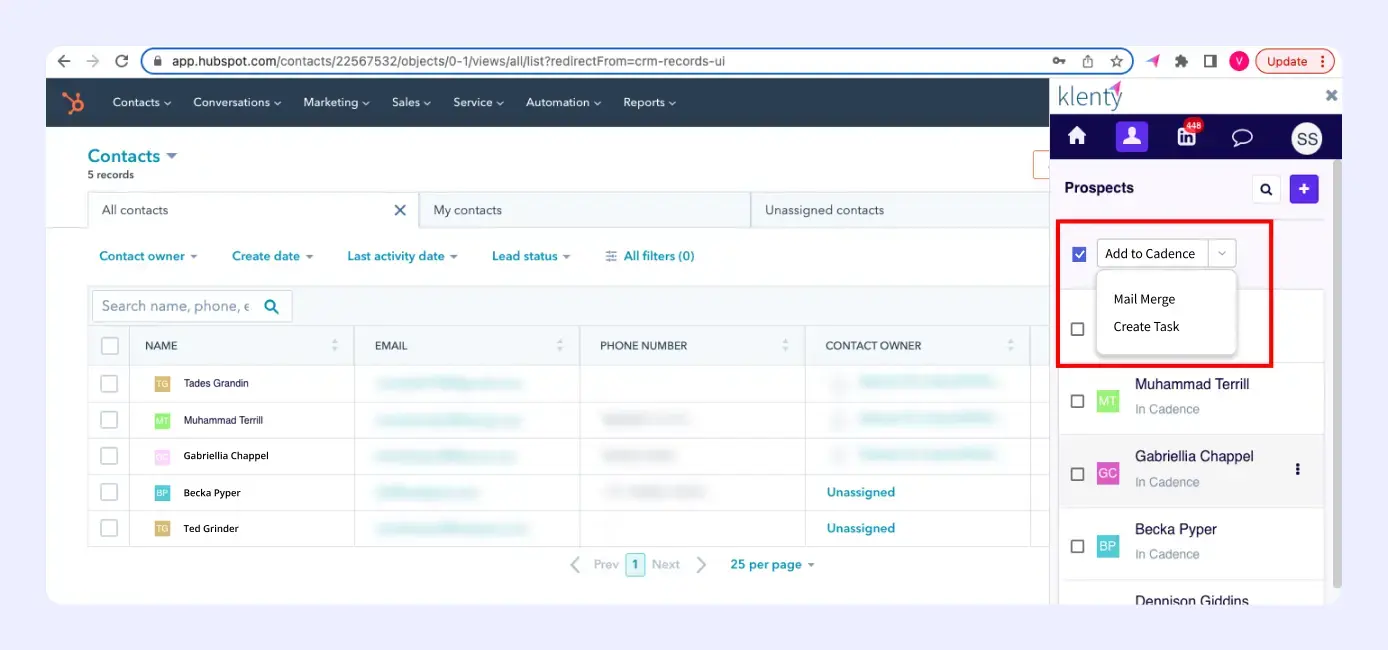
Conclusion
You’ve invested heavily in HubSpot. Not to mention the resources you’ve spent on reps, building outbound lists, or marketing budget in bringing inbound leads into your CRM.
Why not maximize the value of every component of your sales arsenal with a Sales Engagement Platform (and save about 15 hours of rep time every week along the way)?
Here’s a quick resource on how Klenty works with HubSpot to turn every lead into a qualified deal.
